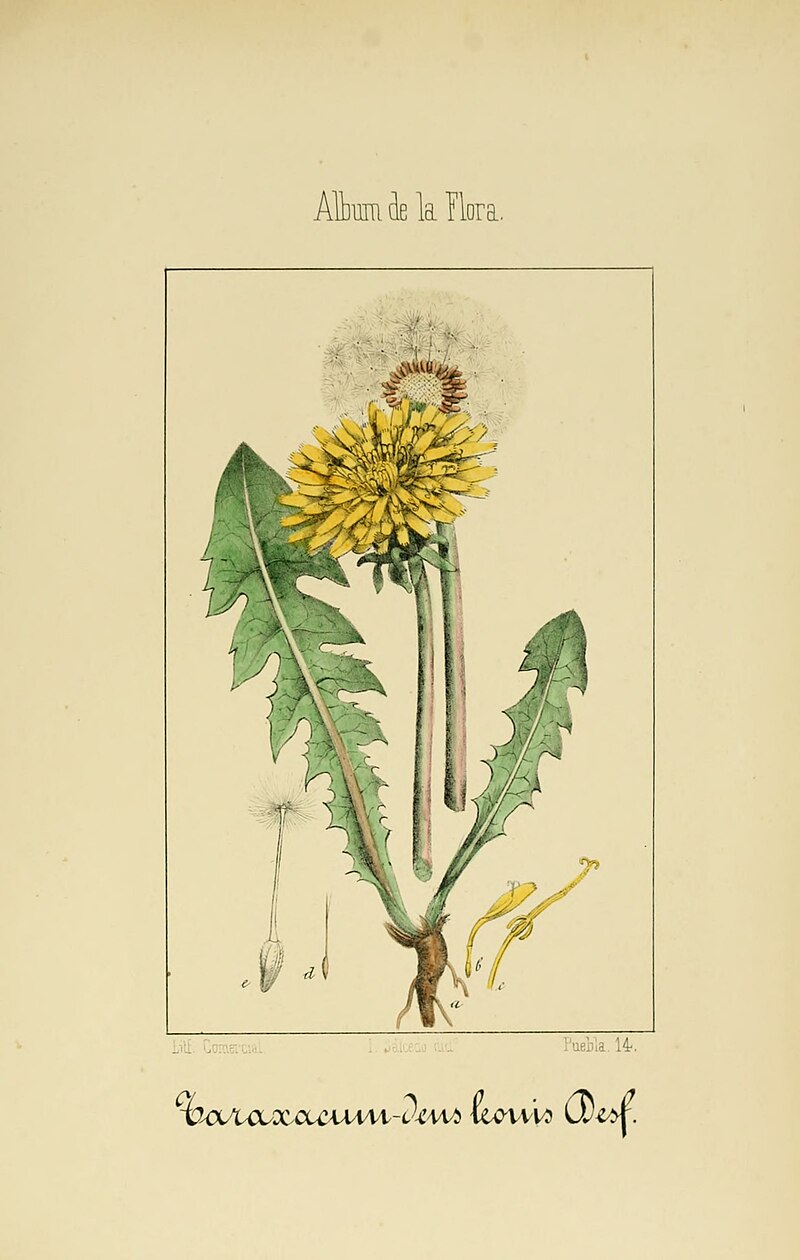
When you start writing a series for a traditional publisher,
there’s no guarantee that you’ll be able to finish it. Tastes changes,
priorities shift, lines fade away. Knowing that, I’m pleased that I will be
able to finish my Frontier Bachelor series for Love Inspired, telling the
stories of siblings John, Levi, and Beth Wallin in 1870s Seattle, beginning
with
Mail-Order Marriage Promise,
releasing today.
Stunned that his sister ordered him a mail-order bride, John
Wallin insists he’s not the husband Dottie Tyrrell needs. The scholarly logger
knows Dottie will make the perfect wife—for some other man. Yet he’s compelled
to invite the lovely widow and her infant son to stay with his family…but only
until she can find her own way.
Dreams of true love are for other women. Betrayed by her
baby’s father, Dottie just wants a safe home for her precious child. But who
could resist a man with John’s quiet strength? When her secret past brings
danger to their door, they may yet find this mail-order mix-up to be the
perfect mistake…
Here’s a little taste:
“I can’t deny that the wilderness holds dangers,”
John told Dottie, pouring the milk into the steel can. “But my family has
worked hard for nearly twenty years to tame the wilderness. If you look closer,
you may find things to love about the area.” He set the pail on the floor. “Here,
let me show you.”
He held out his hand. She looked at it as if the
gesture was foreign to her. Then a shudder went through her. He refused to back
down. He couldn’t see her going to sleep this worried.
He almost shouted a hallelujah when she slipped
her fingers into his grip.
He led her through the house, pausing in the
bedroom doorway to check on Peter, who had indeed fallen asleep, then out onto
the porch. The velvet black of the night wrapped around them. He pointed up at
the semicircle of stars. “See there?”
He could barely make her out in the darkness, but
he saw her shadow move as she must have looked up. “The stars?” she asked.
“Exactly.” He leaned closer, caught that sweet
apricot scent. “See that long dip down and across? That’s Ursa Major, the great
bear.”
He heard the smile in her voice. “Peter would like
that.”
“You might like this one better. See that M
shape? That’s Cassiopeia, the queen.”
She must have turned her head to look at him, for
he felt her breath brush his ear. “Where did you learn that?”
“I read about it in a book.” He felt a little
self-conscious admitting it. Men were supposed to go out and discover things,
not sit at home and read about them. “Catherine’s friend Allegra Banks Howard
loaned it to me. It had the latest scientific theories about stars and
galaxies. Do you know Earth is only one planet among a group of planets, and
that group is only one of perhaps millions out there in space?”
“My word.” She sounded as awed as he’d felt when
he’d read the book.
“Those stars look like tiny pricks of light to us,
but they’re as big, or bigger, than the sun. We’re the ones who are tiny, in
the scheme of things.”
“I feel that way sometimes,” she murmured, and he
thought she was looking up again.
“But they’re so far away,” John told her. “There’s
nothing there to harm us. Now, listen.”
She stilled beside him.
“Do you hear that shush-shush
sound? That’s the waves on Lake Union.”
She nodded, and a curl caressed his cheek. “I didn’t
know a lake could have waves.”
“I understand larger ones do. Lake Union isn’t
that large, but the breeze from the Sound encourages the water to move. Now,
take a deep breath.”
She inhaled.
“What do you smell?” he asked.
“Something dry and flowery, and just a touch of
brine.”
“The pungent flowery scent is the cedar not far
from the house. It’s a massive thing, probably been growing more than a hundred
years. I didn’t have the heart to cut it down. I’ll show it to you and Peter.
And the touch of brine is Puget Sound, beyond the hill behind us. To me, this
is the smell of home.”
She drew in another breath as if she wanted to
sense it, too.
He put his hands on her shoulders, turned her to
look down toward the main clearing. “Now, see those lights? That’s Drew and
Catherine, James and Rina, Beth, Harry, Tom and Dickie. You shout loud enough,
and every one of them will come running to help you.” He turned her back to
face him. “And so will I.”
“Will you?” Her voice begged him for the truth.
“Always,” John promised. “You’re safe here at
Wallin Landing, Dottie.”
He felt her trembling in his grip. He only wanted
to assure her that nothing could hurt her, that he wouldn’t let anything hurt
her. It seemed only right to lower his head and kiss her.
As he’d expected, her lips were soft and sweet,
and something rose inside him, demanding that he protect her, cherish her, take
the risk that she could be the one for him.
He’d meant to comfort her, lessen her fears. Why was he the
one who was suddenly afraid?
You can find Mail-Order
Marriage Promise at fine online retailers and bookstores near you:

















